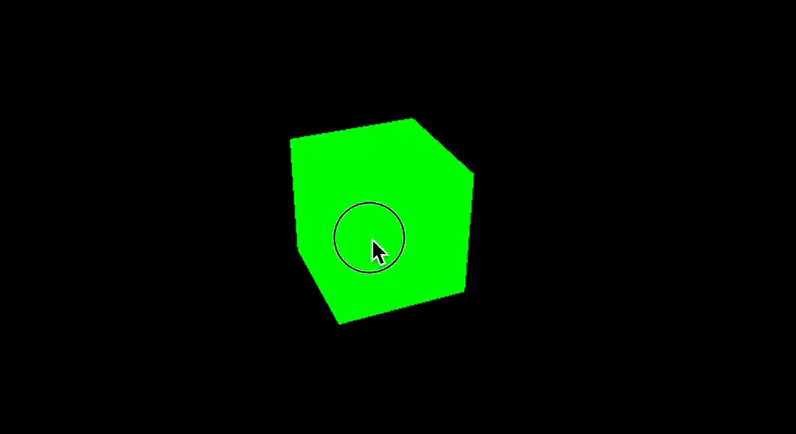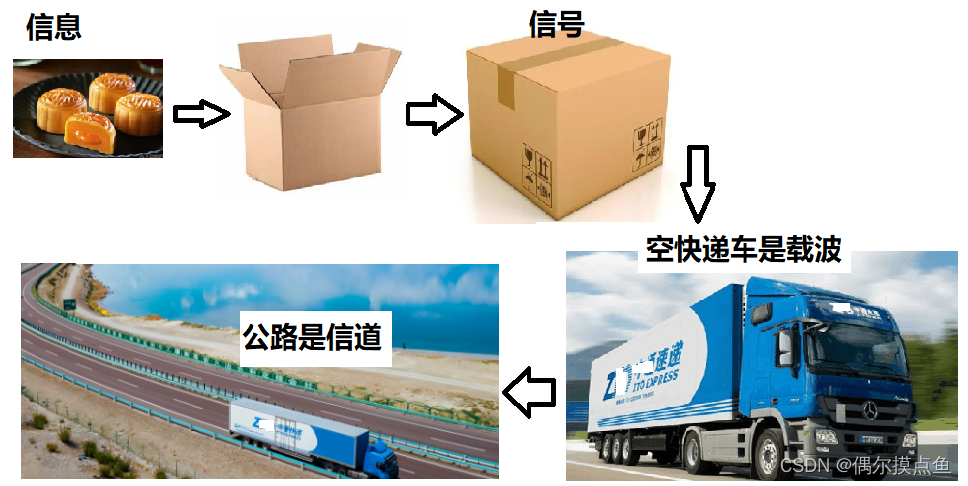已知两个非降序链表序列S1与S2,设计函数构造出S1与S2的交集新链表S3。
输入格式:
输入分两行,分别在每行给出由若干个正整数构成的非降序序列,用−1表示序列的结尾(−1不属于这个序列)。数字用空格间隔。
输出格式:
在一行中输出两个输入序列的交集序列,数字间用空格分开,结尾不能有多余空格;若新链表为空,输出NULL。
输入样例:
1 2 5 -1
2 4 5 8 10 -1
输出样例:
2 5#include <iostream>
#include <vector>
#include <algorithm> // 用于std::copy
using namespace std;
vector<int> findIntersection(const vector<int>& a, const vector<int>& b) {
vector<int> intersection;
auto it1 = a.begin(), it2 = b.begin();
while (it1 != a.end() && it2 != b.end()) {
if (*it1 == *it2) {
intersection.push_back(*it1);
++it1;
++it2;
} else if (*it1 < *it2) {
++it1;
} else {
++it2;
}
}
return intersection;
}
int main() {
vector<int> a, b;
int num;
// 读取第一个序列
while (cin >> num && num != -1) {
a.push_back(num);
}
// 读取第二个序列
while (cin >> num && num != -1) {
b.push_back(num);
}
vector<int> c = findIntersection(a, b);
if (c.empty()) {
cout << "NULL" << endl;
} else {
for (size_t i = 0; i < c.size(); ++i) {
cout << c[i];
if (i + 1 < c.size()) {
cout << " ";
}
}
cout << endl;
}
return 0;
}

vector<int> c = findIntersection(a, b); 的用法
在 C++ 中,vector<int> c = findIntersection(a, b); 的用法是调用一个名为 findIntersection 的函数,该函数接受两个 vector<int> 类型的参数(这里假设为 a 和 b),并返回一个包含 a 和 b 交集的新 vector<int>。然后,这个返回的 vector<int> 被赋值给另一个 vector<int> 类型的变量 c。
size_t:size_t是一种无符号整数类型,它只能表示非负的整数值。这意味着size_t类型的变量不会存储负数,其取值范围是从0到系统能表示的最大正整数值。主要用于表示对象的大小、数组的索引、内存分配的大小等。它是C和C++标准库中经常使用的类型,以确保能够表示任何对象的大小而不会发生溢出。


















![[240916] X-CMD 发布 v0.4.11:新增 mac 模块,集成 MacOS 实用功能 | 新增 OpenAI o1 系列模型的支持](https://i-blog.csdnimg.cn/direct/b138ad06086141d88b150c41dd717449.png#pic_center)